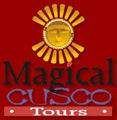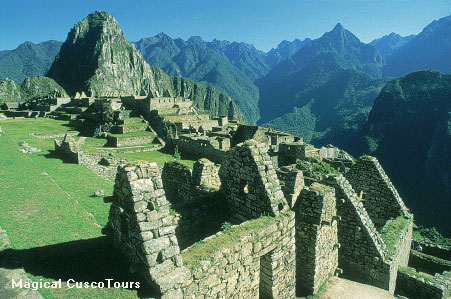 |
| Click On This Photo For Professional High Quality Peru Tours From Magical Cusco Tours Just Mention delange.org With Code Inka2010 Get A 4% Tour Discount With Any Package Tour Purchase! |
|---|
Or
Of
Travels And Tours
Photos, Pictures, Images
Descriptions, Information, & Reviews.
Eve & George DeLange
Google Map To Larco Museum, Lima, Perú.
View Larger Map
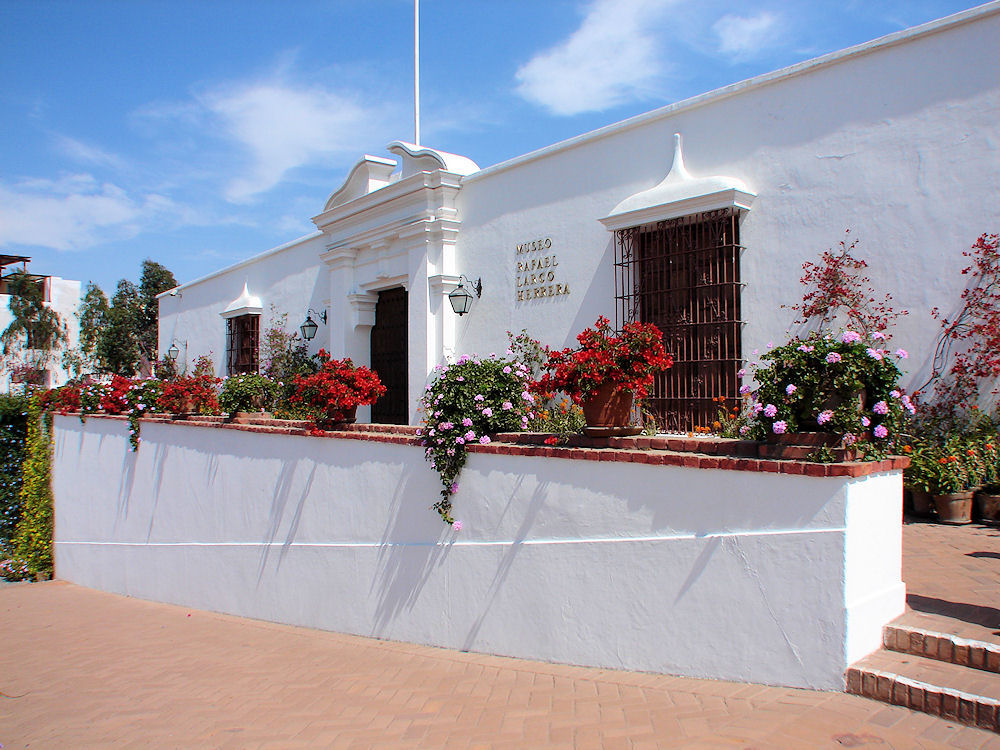 |
| The Larco Museum of Lima, Perú. March 2, 2011 At About 2:21 PM. |
|---|
We wish to thank Wikipedia, the free encyclopedia, for providing much of the information we have concerning the founder, Rafael Larco Hoyle and the history of the Larco Museum in Lima, Perú. The rest of the information we obtained from the Larco Museo.
The Founder, Rafael Larco Hoyle: Rafael Larco Hoyle (born, May 18, 1901, in Chicama Valley, Peru, died - 1966), Rafael Larco Hoyle was raised at Chiclin, at his family's estate. He was sent to school in Maryland, USA, at the age of twelve. He later entered Cornell University to study agricultural engineering and by 1923 he returned to Peru to work on the family's sugar cane plantation. After spending most of his youth abroad, Larco Hoyle arrived to Peru with the eyes of an outsider of this country. With this foreigner's curiosity, he explored Peru and discovered an ancient cultural patrimony in the north coast. Larco Hoyle recognized the need to house these objects in a safe place. It was at that point, Larco Hoyle dreamed of building a museum, built upon the style that he had seen in the United States. In 1925, Larco Hoyle's father, Rafael Larco Herrera had acquired a collection of vases and other archaeological pieces from Alfredo Hoyle, his brother-in-law. There were approximately 600 ceramic pieces in the collection. These objects started the enthusiasm in Larco Hoyle. Soon after, Larco Herrera left his son in charge of the collection and those pieces completed the first collection of what would become the Rafael Larco Herrera Museum. During that same year, Larco Hoyle received some advice from his uncle, Victor Larco Herrera, who founded of the first museum in Lima. Victor Larco Herrera urged Larco Hoyle to form a new museum in Lima, which would guard all the archaeological relics that were continually being extracted by the many clandestine excavators and illegal collectors. Larco Hoyle agreed with his uncle. He yearned to erect a living monument in honor of his father whom he admired so much for his patriotism and love for Peru. He got to work creating a museum that would carry on his father's legacy. Larco Hoyle purchased two large collections: 8000 pieces from Roa and 6000 pieces from Carranza. He also purchased several small collections in Chicama Valley, Trujillo, Virú, and Chimbote. Within a year, the collection had grown significantly and display cases were installed in a small house on the Chiclín estate. On July 28, 1926, Independence Day, the Rafael Larco Herrera Museum opened its doors to the public. With the museum up and running and a collection of approximately 30,000 pieces, Larco Hoyle began classifying the collection. Peruvian archaeology was in its infancy and Larco Hoyle realized many typologies were yet to be recognized. He set out to correct that and approached archaeological research academically. During the 1930s, he discovered many distinct Peruvian cultures such as the Viru, Salinar, Cupisnique, and Lambayeque. The focus of his research was upon the Mochica culture. Then in 1946, Larco Hoyle, director of the Larco Museum, developed the first Peruvian chronology of ancient cultures, one that has remained current to this day.
The Larco Museum in Lima, Perú: The Larco Museum (Spanish: Museo Arqueológico Rafael Larco Herrera) is a privately owned museum of pre-Columbian art, located in the Pueblo Libre District of Lima, Peru. The museum is housed in an 18th century vice-royal mansion built over a 7th century pre-Columbian pyramid. It showcases chronological galleries that provide a thorough overview of 4,000 of Peruvian pre-Columbian history. It boasts one of the world's largest collections of pre-Columbian art including Moche, Nazca, Chimú, and Inca pieces. Additionally, the Larco Museum is well known for its gallery of pre-Columbian erotic pottery. The Larco Museum or Museo Arqueológico Rafael Larco Herrera is located at: Av. Bolivar 1515, Pueblo Libre. Lima 21, Perú. They can be contacted at: Telephone (00511) 4611312 - (0511) 4611835 or Fax (00511) 4615640. It was one of the first museums in the world to make its entire 45,000 piece collection available in an online electronic catalog. When touring the facility you can see this operation in the museum, but it is not open to the public. In 1925, Rafael Larco Herrera acquired a collection of vases and other archaeological pieces from Alfredo Hoyle, who was his brother-in-law. There were approximately 600 ceramic pieces in all. The arrival of these objects ignited a collector's enthusiasm in his son, Rafael Larco Hoyle. Soon after, Larco Herrera left his son in charge of the collection and those pieces completed the first collection of what would become the Rafael Larco Herrera Museum. During that same year, Larco Hoyle received some advice from his uncle, Victor Larco Herrera, a founder of the first museum in Lima. He urged Larco Hoyle to form a new museum in Lima, one that could guard all the archaeological relics that were continually being extracted by clandestine excavators. Larco Hoyle agreed with his uncle and proceeded to create a museum that would carry on his father's legacy. Larco Hoyle purchased two large collections: 8,000 pieces from Roa and 6,000 pieces from Carranza. He also purchased several small collections in Chicama Valley, Trujillo, Virú, and Chimbote. Within a year, the collection had grown significantly and display cases were installed in a small house on the Chiclín estate. On July 28, 1926, Independence Day, the museum opened its doors to the public. The Larco Museum now lends some of its collection to its sister museum, the Museo de Arte Precolombino (Pre-Columbian Art Museum), located in Cusco, Peru. The Larco Museum has several permanent exhibitions. The Gold and Silver Gallery showcases the largest collection of jewelry used by the many notable rulers of pre-Columbian Peru. It includes an impressive collection of crowns, earrings, nose ornaments, garments, masks and vases, many finely wrought in gold and decorated with semi-precious stones. The Erotic Gallery on the bottom floor of the museum, near the terrace and garden of the museum, has become one of South America's most popular attractions. Ancient Peruvian cultures represented their daily lives in ceramics, and this gallery holds the world's largest collection of erotic ceramics. Many are shown on this webpage. The Cultures Gallery exhibits 40,000 years of Peruvian pre-Columbian history. This chronology-based gallery provides visitors with a comprehensive view of cultures that existed in pre-Columbian Peru through the extant indigenous art that has survived since the 16th century Spanish conquest. This hall is divided into four areas: North Coast, Center, South and cultures from the highlands. Showcases have been ordered according to cultural sequence:
From the North Coast: Cupisnique, Vicus, Mochica and Chimu;
Other galleries include the Lithic, Vault, Ceramics, Metals, Textiles and Storage in which visitors have the opportunity to view the Museum's entire collection of classified archaeological objects. The Larco Museum is very active in the conservation and restoration of Peru's archaeological patrimony. With over 80 years of experience, the Museum has become one of the most prestigious institutions on conservation and restoration of archaeological Peruvian objects. The Museum houses conservation laboratories for textiles, ceramics and metals.
Other points of interest at the Larco Museum:
The Museum Gallery Shop has a wide variety of ceramic, metal and textile reproductions made by skilled craftsmen from all over Peru. The museum has formalized the reproduction techniques for these pre-Columbian artifacts and assesses each piece to ensure quality. We suggest that you hold off the temptation of purchasing such items at other places in Peru and make your purchases here. You will get more value for your money. HStern Jewellers and Kuna by Alpaca 111 also have storefronts at the Museum. The Museum also features gardens that have received a Colonial Garden award from Peru.
|
The Jorge Chávez International Airport (IATA: LIM, ICAO: SPIM), known as Aeropuerto Internacional Jorge Chávez in Spanish, is Peru's main international and domestic airport. It is located in Callao, 11 kilometers (7 mi) from the Historic Centre of Lima and 17 km (11 mi) from Miraflores. Callao is the port city which is now fully integrated with Lima, the nation's capital.
There are several Guided Tour Agencies offering standard city, Hiking, and archaeological tours of Lima and the surrounding area. We suggest Flying into Lima and then going to the surrounding areas of your choice.
This page is for information purposes only and while we have made every effort to be accurate, it is the travelers responsibility to make the appropriate choice as to which hotels to use in Peru.
We found that when touring Peru, Magical Cusco Tours gave us the best service of all. They even arranged very personal tours based upon our ages and experience. They were there for us whenever we needed them. Click on any of their links on our pages and they will give you a 4% discount for taking their package tours. Mention delange.org. Merchant Code Inka2010 for your discount! We suggest letting Ana Maria handle your tour. Note: The 4% discount applies to package tours only! Discount does not apply to hotel bookings, domestic or international tickets, meals or any other service booked as a single activity.
Magical Cusco Tours also has a culinary tour that you may enjoy.Click Here For: Taste Of Peru.com their culinary tour page.
We also have links to Priceline.Com on our pages, in case you may prefer to use their services.
|
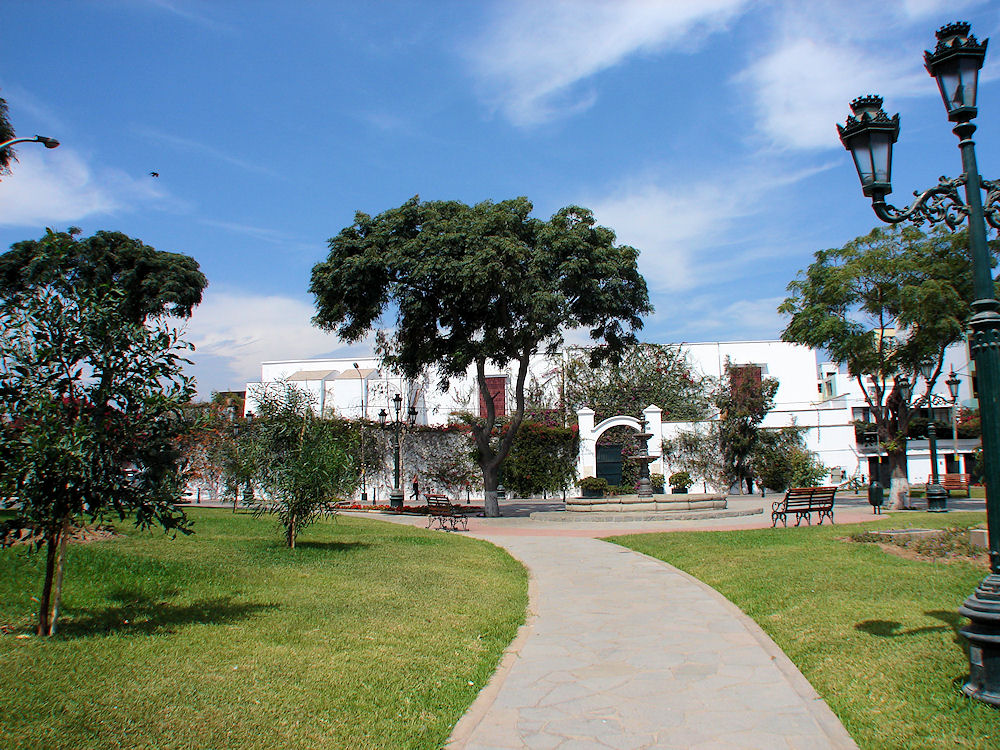 |
| The Larco Museum of Lima, Perú. Photo From Parque Chavin. March 2, 2011. |
|---|
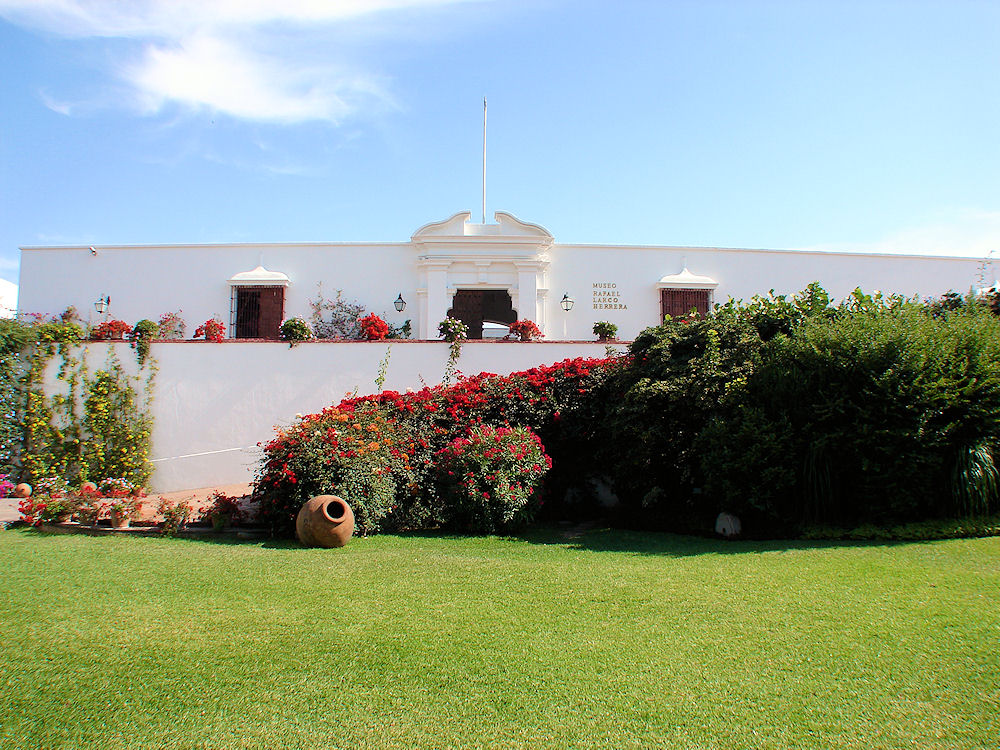 |
| The Larco Museum of Lima, Perú. Photo From CAFÉ DEL MUSEO Restaurant. March 2, 2011. |
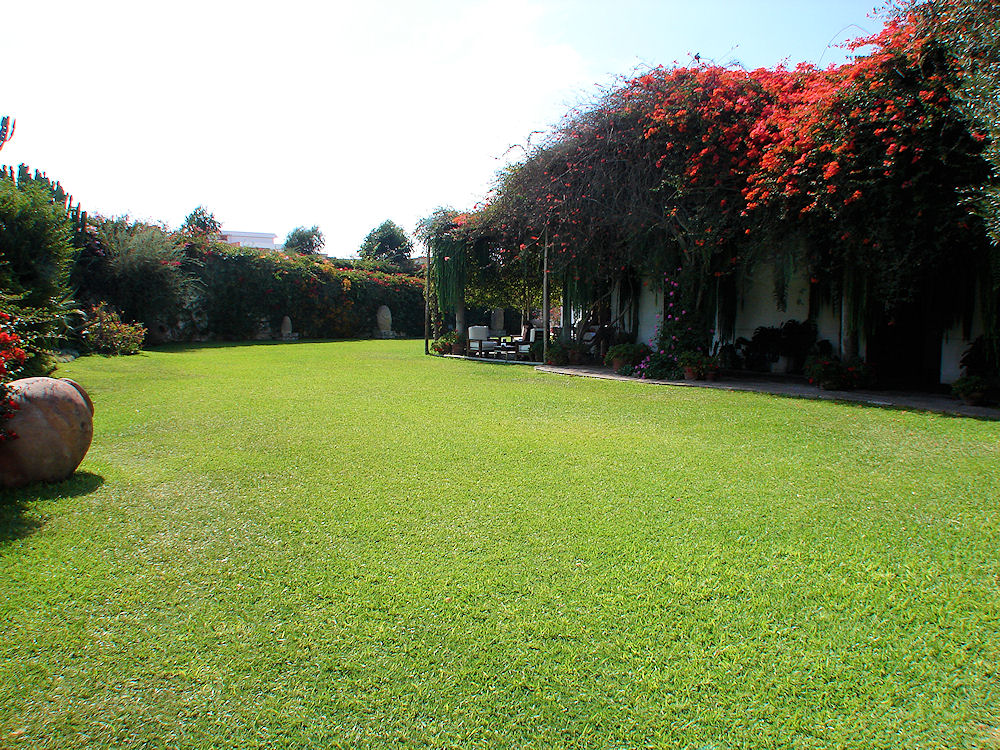 |
| The Larco Museum of Lima, Perú. Photo Of Garden & Exterior Of CAFÉ DEL MUSEO Restaurant. March 2, 2011. |
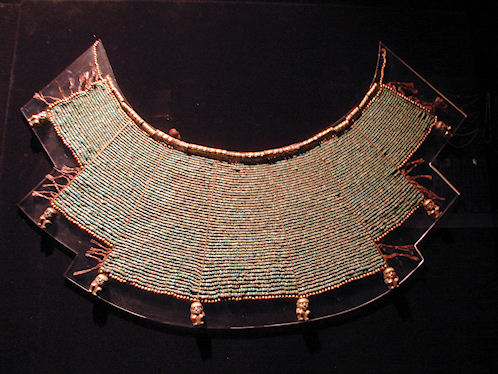 | 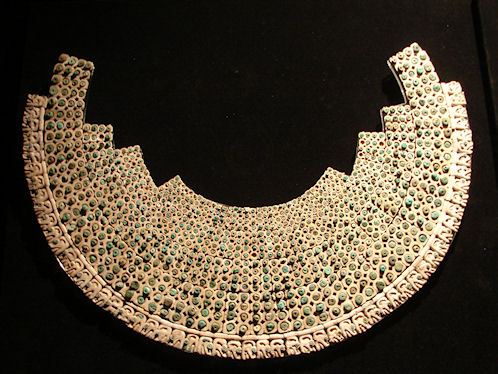 |
| Larco Museum of Lima, Perú. | Larco Museum of Lima, Perú. |
|---|---|
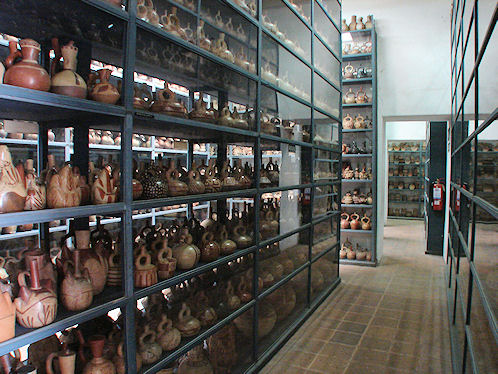 | 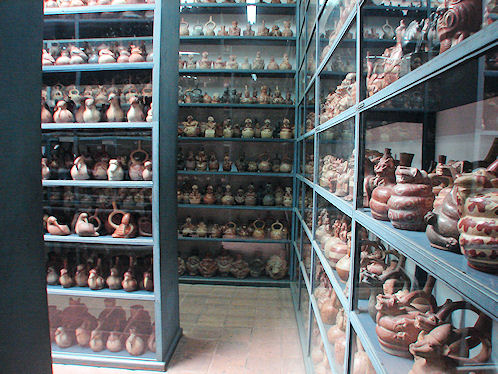 |
| Larco Museum of Lima, Perú. | Larco Museum of Lima, Perú. |
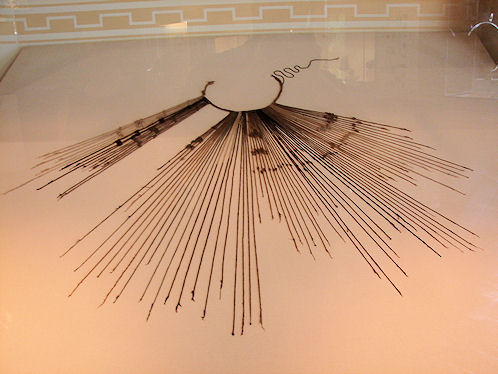 | 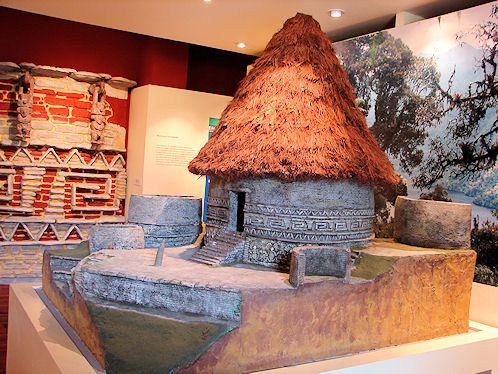 |
| Larco Museum of Lima, Perú. | Larco Museum of Lima, Perú. |
You Can View ALL Of Their Exhibits!
We Are Proud Of Our SafeSurf Rating!

Click On Any Of The Following Links By Amazon.Com
For Books About Hiking Or Touring In Peru.
Some Are Must Have Books - If You Are Going To Peru.
We Also Are Including Some Great Music CD's & DVD's. No Obligation!


Warning, Not Suitable For Some People

